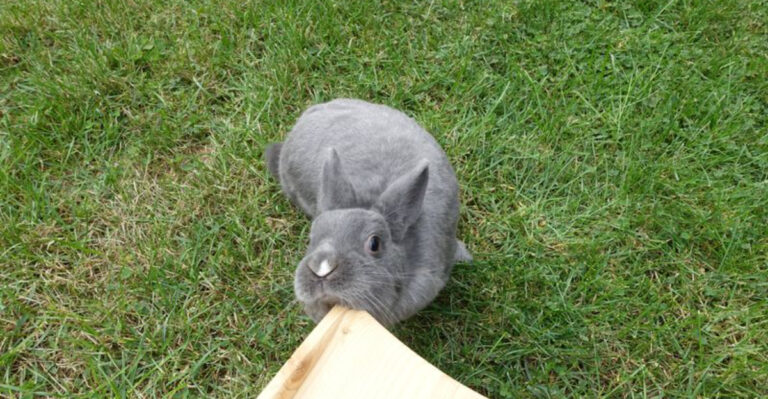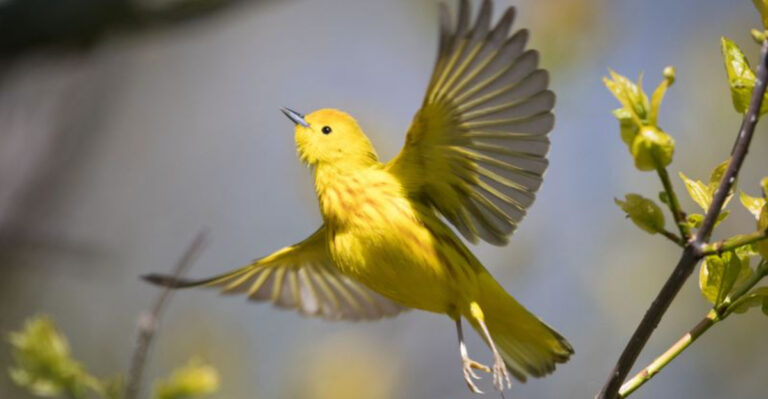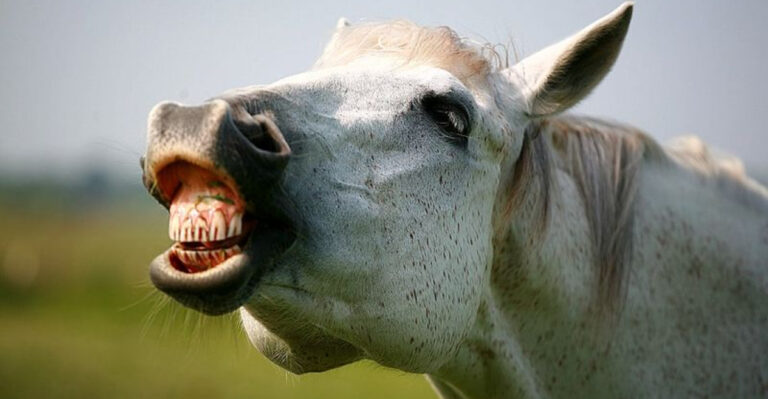16 Insects With Shockingly Short Life Spans
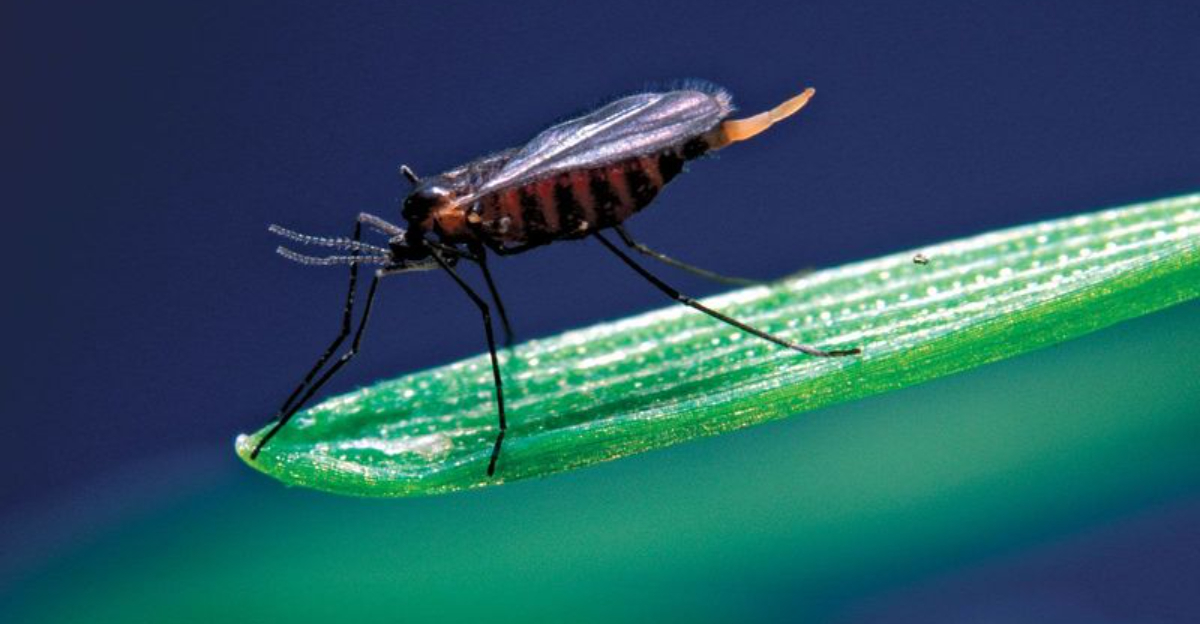
Life in the insect world can be over in the blink of an eye – literally. Some bugs are born, grow up, and pass away all within a single day. From mayflies to midges, these tiny creatures live life on fast-forward.
Get ready to meet the insects that make the most of every fleeting moment.
1. Mayfly
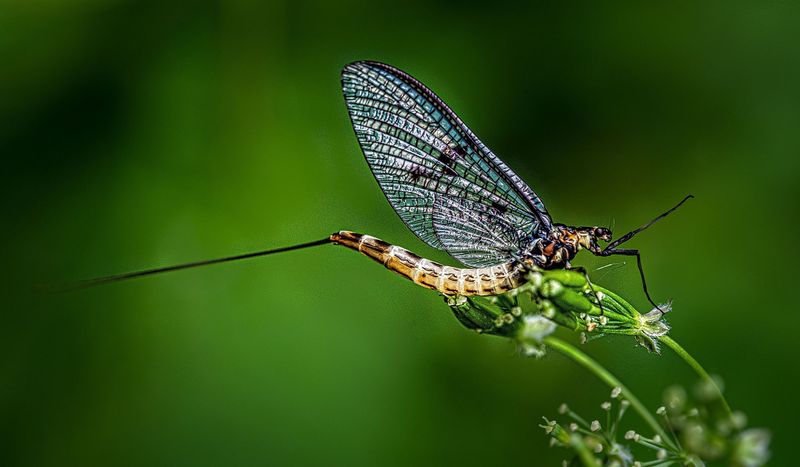
Imagine living for just a day to dance and find love. Mayflies do precisely that, emerging from the water to spend their entire adult life in a 24-hour whirlwind.
Zipping through the sky, they mate, lay eggs, and bid farewell. Their brief existence is essential for the ecosystem, providing food for fish and birds.
2. Gastrotrich
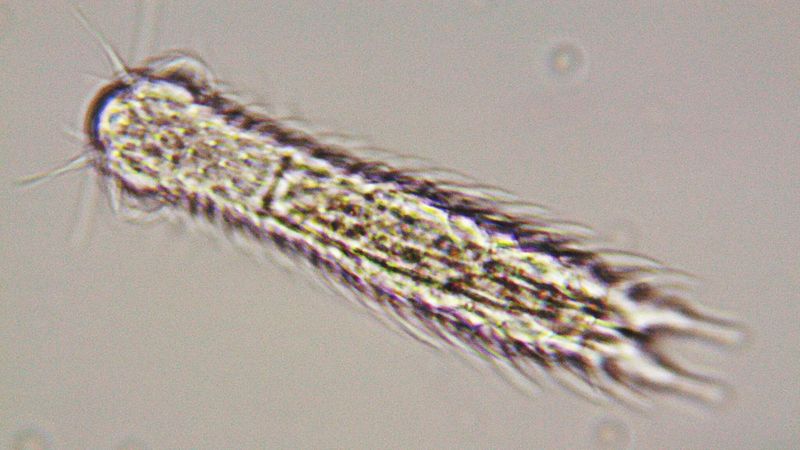
Smaller than a grain of sand, gastrotrichs are the blink-and-you’ll-miss-them stars of the microscopic world. Living just a few days, they play a crucial role in aquatic ecosystems.
These tiny creatures feed on organic particles, recycling nutrients. Despite their brief life, they help maintain the balance of life in water bodies.
3. Drone Ant
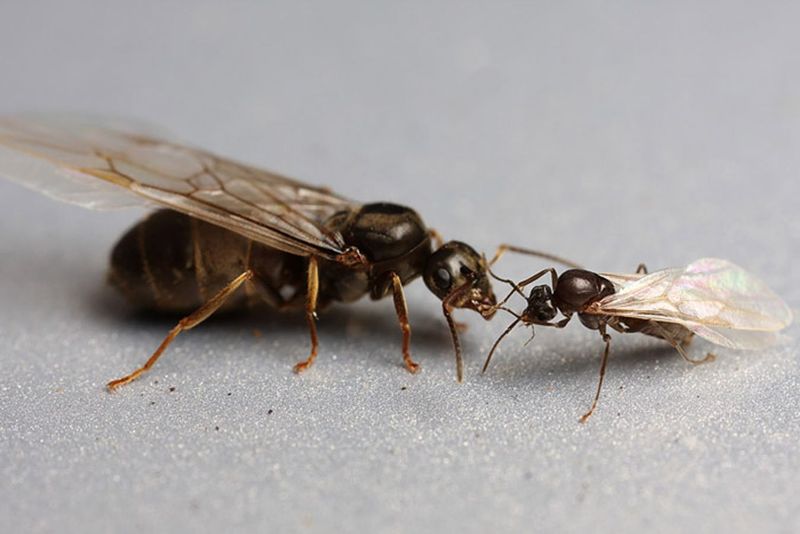
For drone ants, romance is the name of the game. They live solely to mate with the queen, embarking on a nuptial flight.
Post-mating, their life ends, making room for the next generation. Though short-lived, they ensure the continuation of their colony, a vital cog in the intricate world of ants.
4. Gall Midge
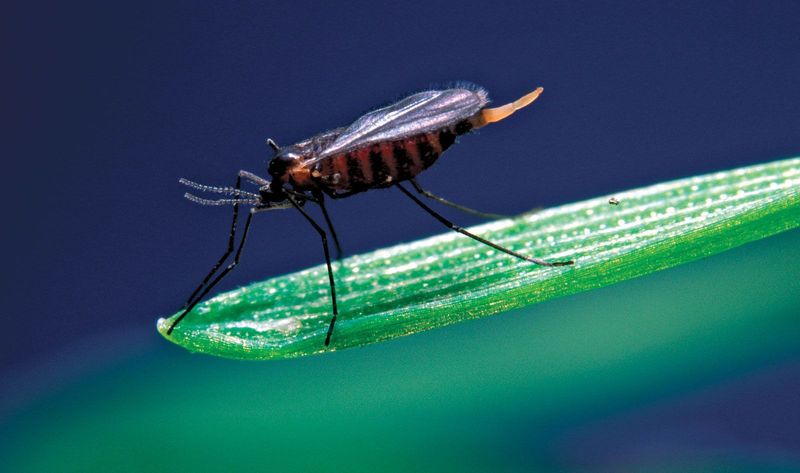
Gall midges lead a rapid life, emerging as adults and laying eggs all in a few days. These tiny flies are masters of deception, their larvae inducing plants to form galls where they hide and feed.
Despite their short time above ground, they leave a lasting impact on plant life.
5. Housefly
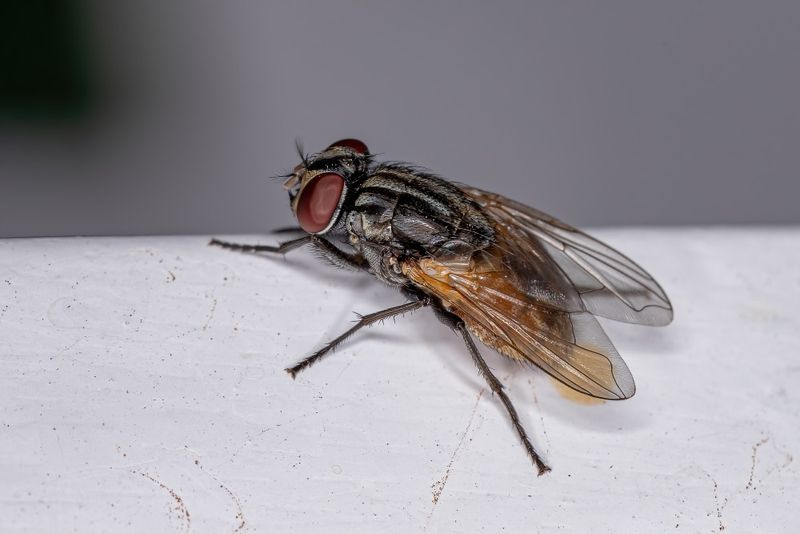
Buzzing through life in just around 28 days, houseflies epitomize the concept of living fast. From hatching to buzzing around your home, they fulfill their ecological duties swiftly.
Houseflies help decompose organic matter, albeit while being a nuisance.
6. Fruit Fly
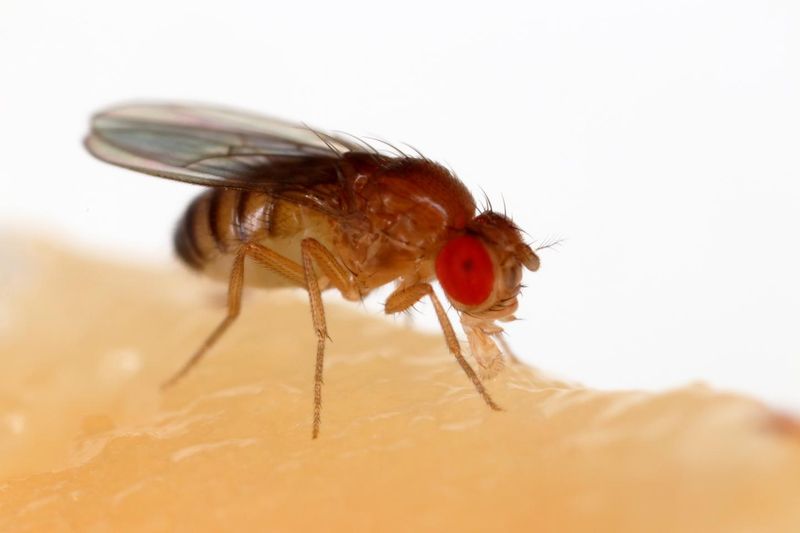
Fruit flies, the tiny invaders of your fruit bowl, live for about two weeks. During their short stint, they reproduce at an astounding rate, laying hundreds of eggs on ripened fruit.
While they may seem pesky, fruit flies are invaluable in scientific research, contributing to our understanding of genetics.
7. Ephemeral Ant
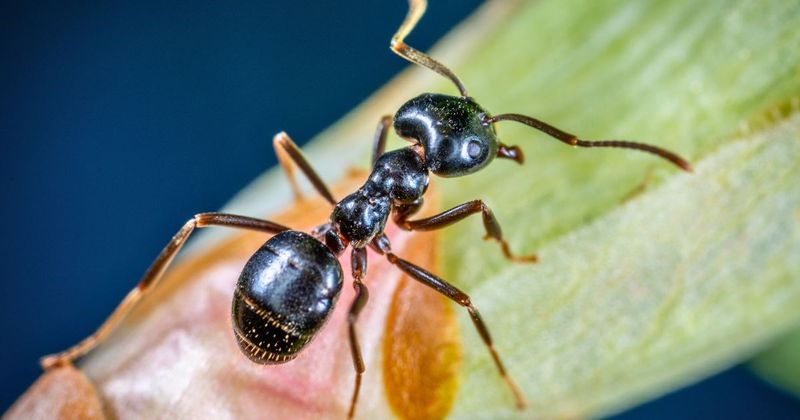
Ephemeral ants are aptly named for their short existence, living just a few weeks. They work tirelessly for the colony, maintaining the nest and foraging.
Their fleeting life is a testament to the complex social structures of ants, where each individual plays a critical role despite a brief appearance.
8. Adult Crane Fly
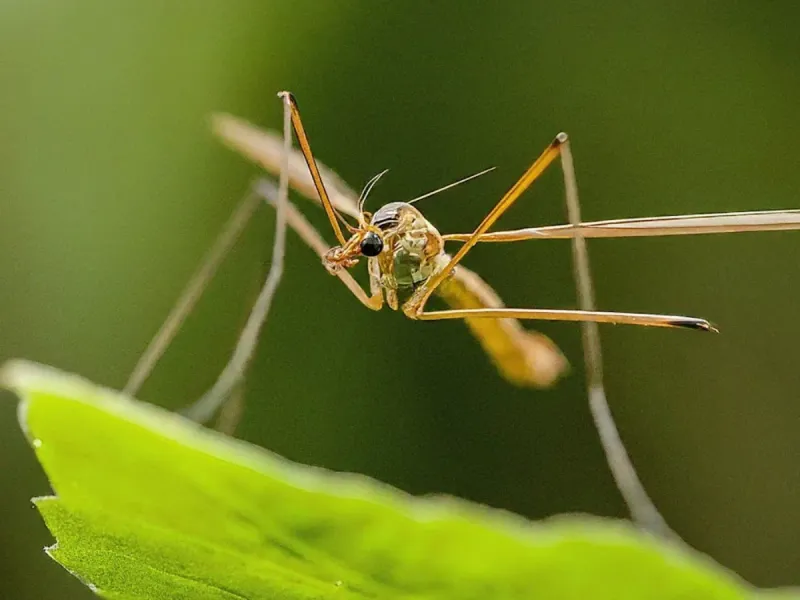
Often mistaken for giant mosquitoes, adult crane flies are harmless and live a mere 10-15 days. Their sole mission is to reproduce, leaving behind larvae that help decompose organic material in the soil.
Despite their daunting appearance, they are benign and contribute to the nutrient cycle.
9. Syrphid Fly
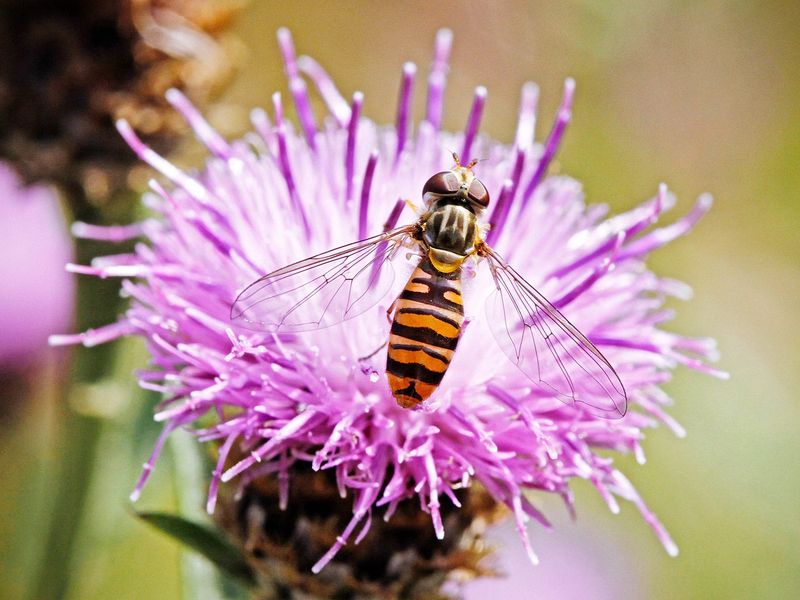
Syrphid flies, also known as hoverflies, live for about a month. They are masterful mimics, resembling bees to deter predators.
This brief life is spent pollinating flowers, an essential role for ecosystems. Though short-lived, their contribution to pollination is invaluable, benefiting both plants and humans.
10. Adult Luna Moth
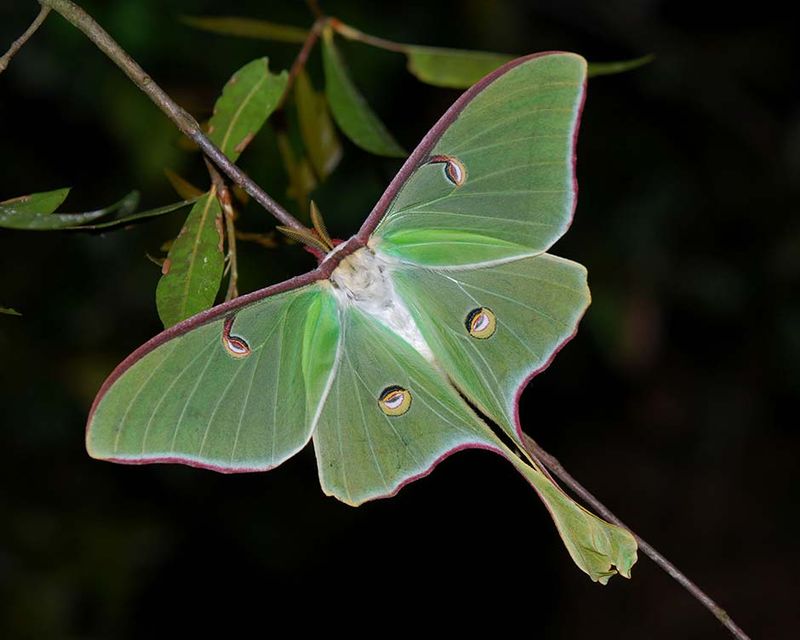
With no mouthparts to feed, the adult luna moth lives for just a week, driven by the need to reproduce. Its ghostly green wings flutter in the night, a fleeting beauty.
This short life ensures the continuation of its species, as it lays eggs before its energy reserves run dry, a testament to nature’s cycle.
11. Caddisfly
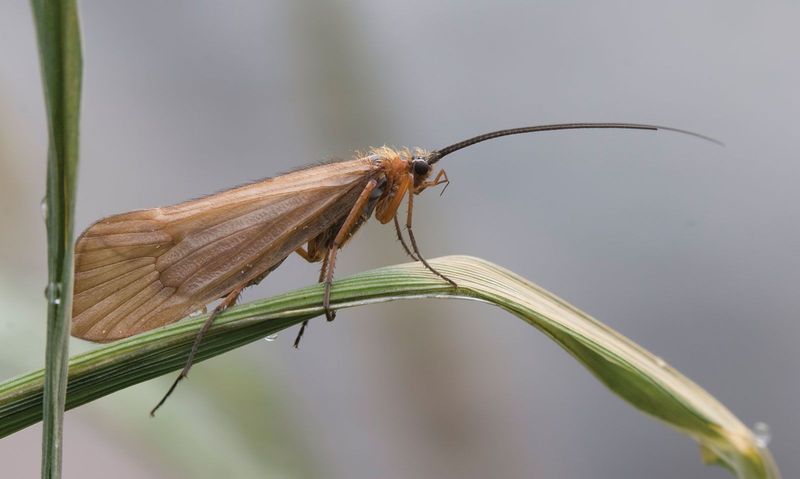
Caddisflies, often found near water, live as adults for about a month. Their aquatic larvae build protective cases from surrounding materials. Upon emerging, adults have a single mission: to mate.
Their short life ensures the continuation of their species, a critical link in the aquatic food chain.
12. Adult Silkworm Moth
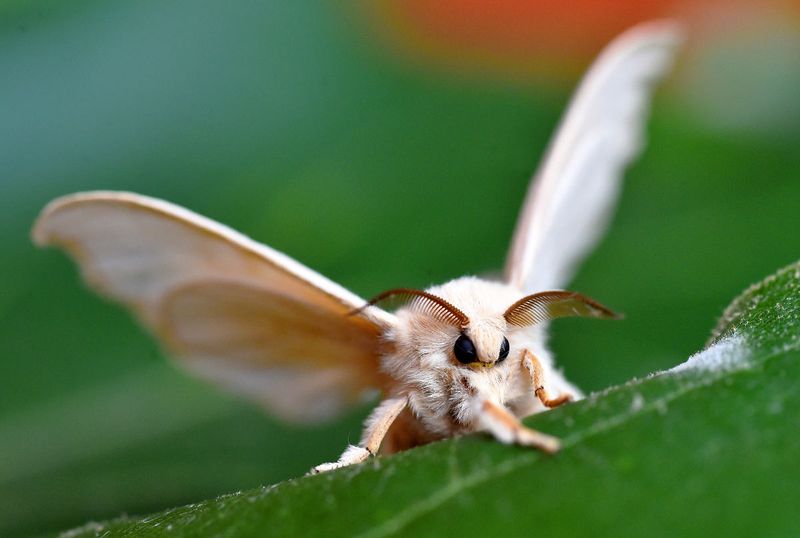
Adult silkworm moths don’t eat, living just enough to reproduce. Emerging from cocoons, they focus solely on mating, leaving behind eggs before their brief life ends.
This short-lived phase is crucial for sericulture, where silkworms provide the silk we cherish. Their transient existence is essential to the textile industry.
13. Mayfly Nymph
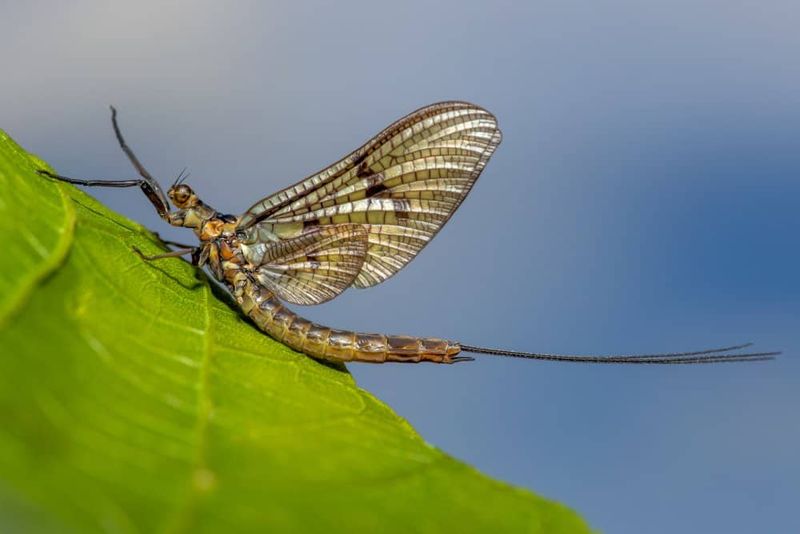
While adult mayflies live for a day, their nymph stage can last two years, quietly growing underwater. They play a vital role as both predator and prey in aquatic ecosystems.
Their transformation from nymph to adult is a breathtaking display of nature’s metamorphosis, culminating in a day of aerial acrobatics.
14. Psylla
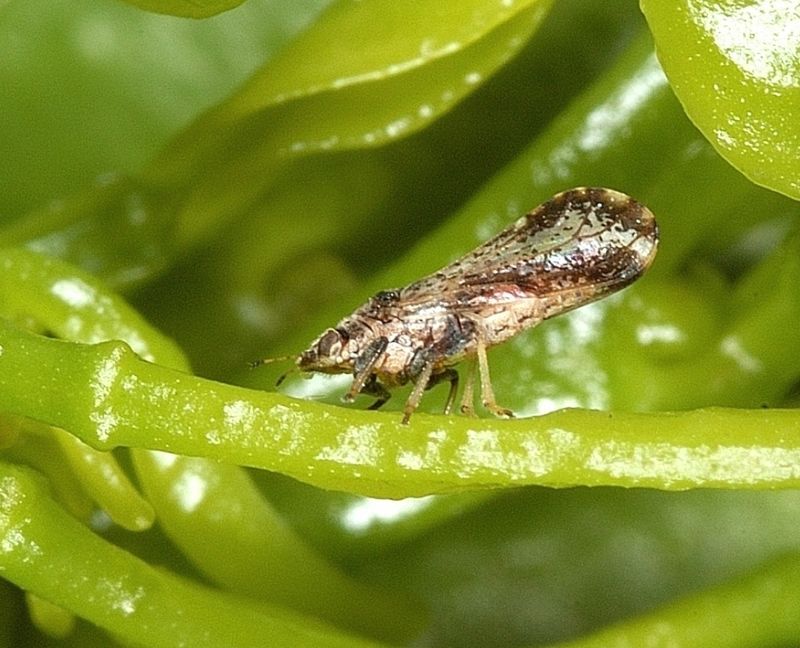
Living only a few weeks, plant lice known as psyllas spend their days feeding on sap and reproducing rapidly. Despite their size, they can cause serious damage to plants.
Impact on agriculture is a reminder of how much power even the tiniest insect can hold.
15. Adult Mosquito
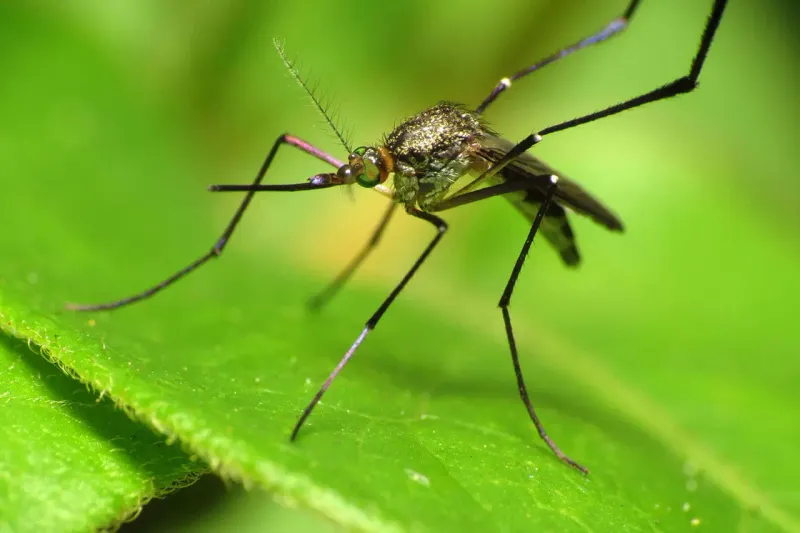
Adult mosquitoes, often seen as pests, live up to a month. They buzz around, seeking blood meals to nurture their eggs.
Despite their brief existence, mosquitoes play a role in pollination and as food for other animals. Their short life cycle is part of the complex web of interactions in nature.
16. Adult Neuroptera
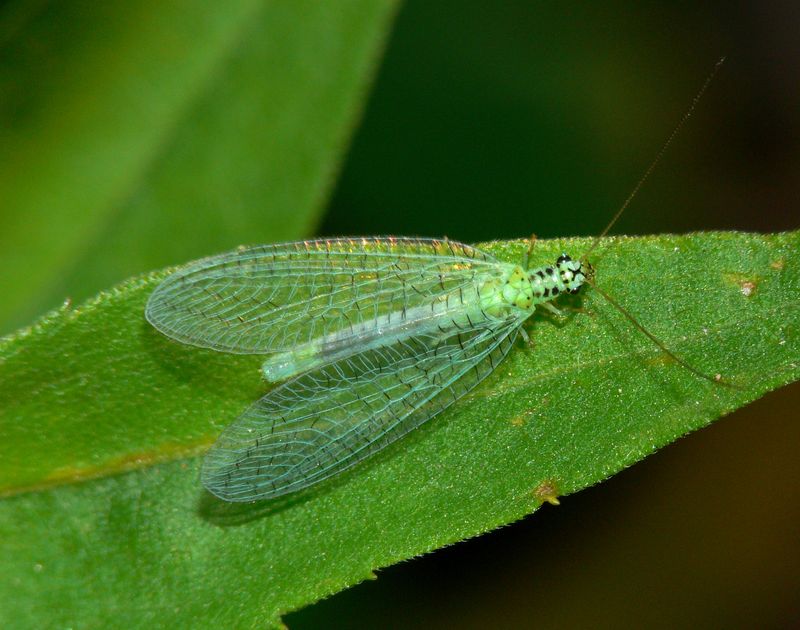
Lacewings, or adult neuroptera, live only a few weeks. Known for their delicate wings, they are voracious predators, controlling aphid populations.
Their ephemeral existence highlights the transitory yet vital roles played in ecosystems. Lacewings help maintain the balance, ensuring plant health and growth.


